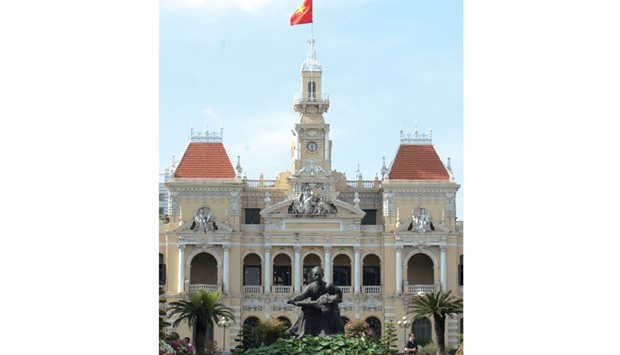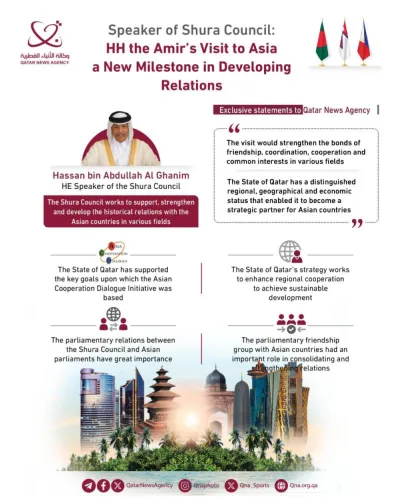Vietnam’s economy is forecast to outperform its Southeast Asian peers in 2016 and possibly even China in terms of GDP growth. Strong exports and unprecedented foreign direct investments are the most important reasons why Vietnam stands much firmer than much of the rest of the region.
The 90mn people country posted GDP growth of 6.68% in 2015, the highest in eight years and the highest compared to its four direct peer economies in the Association of Southeast Asian Nations, the Philippines, Malaysia, Indonesia and Thailand. It was only outperformed in growth by the least developed countries Myanmar and Cambodia, whose economies were growing faster, but from a much lower level.
In comparison, China’s economic growth cooled to 6.9% in 2015, and expectations are that Vietnam could even outpace China in 2016 as China’s GDP growth could ease further to 6.8% or even 6.3% in 2016, according to a forecast by the country’s central bank. In turn, if Vietnam manages to keep its growth trajectory in 2016, GDP growth could reach 6.8% to 7%, which would result in beating China in GDP growth for the first time since 1986. Vietnam set itself a GDP growth goal of 6.7% for 2016, according to a resolution by the National Assembly issued in November 2015.
The reasons why Vietnam is able to defy the economic downtrend experienced elsewhere are seen in its successful measures implemented to stabilise its macro-economy, as well as the signing of a number of trade pacts. In 2015, the country entered free trade agreements with South Korea, the European Union and the Russia-led Eurasian Economic Union, whereas negotiations on the Trans-Pacific Partnership agreement concluded and the Asean Economic Community came into effect.
Those trade agreements and the AEC are expected to help Vietnam further boost growth, create new jobs, increase incomes, reduce poverty, stimulate exports, attract foreign investment, restructure its economy and increase its competitiveness throughout the region. A big boost is also expected from the country’s booming real estate market which has been opened for foreigners. A 6.5% to 6.7% growth rate is expected to be maintained over at least the next five years.
Foreign direct investment (FDI) is one of the core drivers for Vietnam’s growth. FDI inflows hit a record high of $14.5bn in 2015, up 17.4% year-on-year. There are currently more than 16,000 active FDI projects in Vietnam with investors originating from over 100 countries and territories, including the Gulf Cooperation Council nations, namely the United Arab Emirates, Qatar and Kuwait, as well as from a number of the world’s leading multinational corporations. Vietnam has even reached a stage where it can afford to target “high-quality” FDI inflows and focus on projects that include advanced and environmental-friendly technologies and competitive products to be part of global production networks and value chains.
However, according to Le Dang Doanh, one of Vietnam’s leading economists and advisor to Hanoi-based Central Institute of Economic Management, the government will have to stick to its economic restructuring to ensure a sustainable growth in the longer term, as well as speed up reforms and modernisation in government-related corporations and in the banking sector to stabilise liquidity flows and improve forex management.
He added that Vietnam needs to continue putting in place market economy institutions and a related, modern legal framework, building an advanced and integrated infrastructure, particularly transport and developing a quality workforce. The government promised to complete all those tasks 2020.

Ho Chi Minh City Hall in the French-built former Hotel de Ville de Saigon. Vietnam has gone a long way from its colonial past. The sitting statue in the front has been recently replaced with a standing and greeting Ho Chi Minh. PICTURE: Arno Maierbrugger


